A storm named Theseus moved into Greece from Italy last Friday. The Theseus of Greek myth was a great hero who did away with all kinds of monsters, not least of which was the Minotaur of Crete.
Many and enthralling are the tales told of old about Theseus, but the country could have done without the storm that bore his name. It’s winter here now. It rains. That’s the way of the Mediterranean climate.
We need the rain. We welcome it. But Theseus more than outstayed his welcome. I don’t know what his problem was – I’ll leave that to the meteorologists – but he was obviously more than just a little miffed about something.
We received plenty of warning from the weather guys about his impending arrival. They got it completely right this time, something they don’t always do, but then forecasting the weather is a bit of an iffy game, no? Snow, they warned. Yes, got that. Wind, they pronounced. Sure thing. Massive gales that did old Sir Beaufort proud. As much as 9 in parts of the country, and we had some prolonged gusts here that certainly were right up there.
Rain, the forecasters assured us. And we got it. Did we ever! It poured. It pelted down. Whatever synonym you want to choose for rain that falls in fury, it did that. You may recall we have no bridge in Kalamos at the moment – we haven’t had for a couple of years since a storm took out the bridge over our usually docile little river.
Promises have been made of a new and wondrous bridge to come – and believe me, should that happen, I will document it here – but in the meantime we have managed with a ford of sorts that was bulldozed across the riverbed, much to the annoyance of the landowners involved. That little difficulty was resolved, and by dint of a circuitous ramble through lanes and fields, a vehicle could get across to the other side. Kala, as I put it, was reunited with Mos.
No more. We have parted again. The torrents that smashed down from on high caused landborne torrents to smash down from higher ground and our little ford went walkabout. It’s certainly gone Down Under.
The promised rainbow made its appearance on Monday, though intermittent rain continued until early yesterday morning. The Pelion and Volos region suffered mightily from the wind and rain, with some very serious flood damage, not to mention landslides and snow cutting off whole areas from the outside world. Much damage and much to clean up.
The amazing part was that we never lost power throughout the whole thing. While Theseus ranted and while Theseus raved, causing great havoc across most of the country, we here in our remote little part of the Pelion had no power failure. Sure, the power flickered a great deal, and the internet got into a huff, but we didn’t have to do the lamps and candles bit.
The sun put in a cheerful appearance late yesterday morning, so we donned our hiking shoes and set off to check out the neighbourhood. Olive picking is pretty much over now. The landowners are busy pruning the trees, clearing the land of underbrush and digging in fertilizer. If land is left untended for a considerable period – sometimes the case when there are no heirs, or they have long since left to reside abroad – and the land is not kept clear of indigenous growth, then the State may claim it and ownership is forfeited.
A large olive grove near us was recently harvested by its new owner, who then set about clearing the long-neglected land which sits above the cliffs leading down to what we locals call Dolphin Bay. The workers did a very thorough job of it, opening up the view across the sea to Mt Pelion.
Well, well. Look what we found. Right at the edge of the property, high above the cliffs, at first glance it appears to be a well. But not only is its position odd, but the size seems unusually large. And why such a well? How would water have been contained in it? None of the springs I’ve seen in the region have structures like this.
A house? Could it be a Neolithic house? A house where people lived? No! I think it’s a place where dead people were put to take their rest. I think it’s a tholos – a Mycenean burial tomb.
Ron suddenly remembered that he had in fact come across it last year in April, and had taken photos of it. He’d mentioned it to me at the time – wondering what it was – and then we’d both promptly forgotten about it. Too much had been going on in our lives then.
Much erosion of the cliffs has occurred in the centuries since this was built, not to mention earthquakes and floods, so this structure would have been further inland at the time of its construction; one can only imagine what lies in the sea below.
We’ll go into Volos to check out the displays in the Archeological Museum as soon as possible. I wonder if we’re right about it?

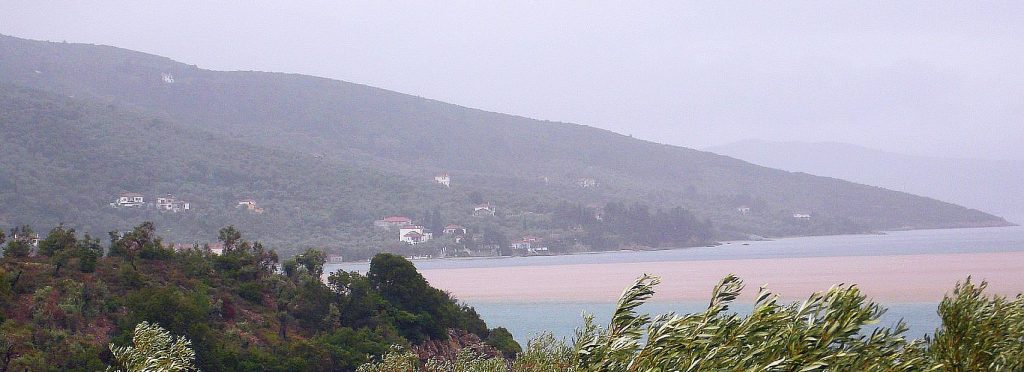
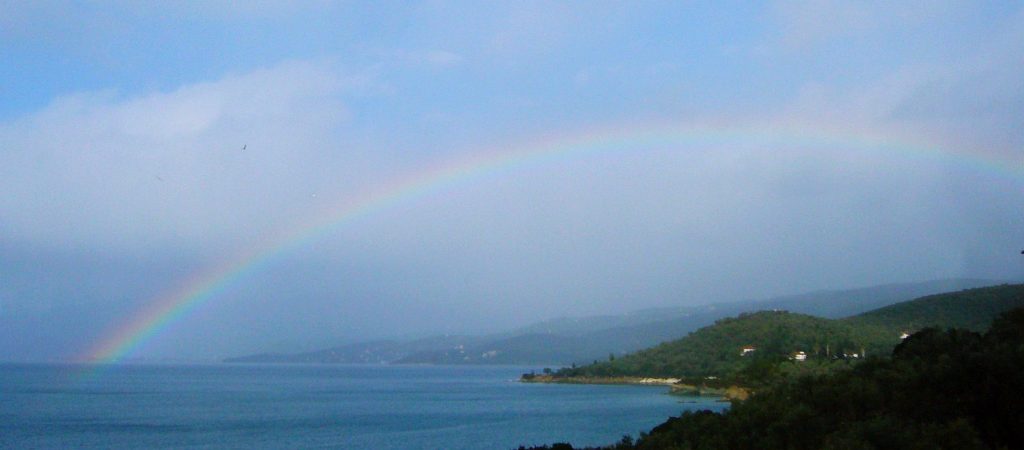
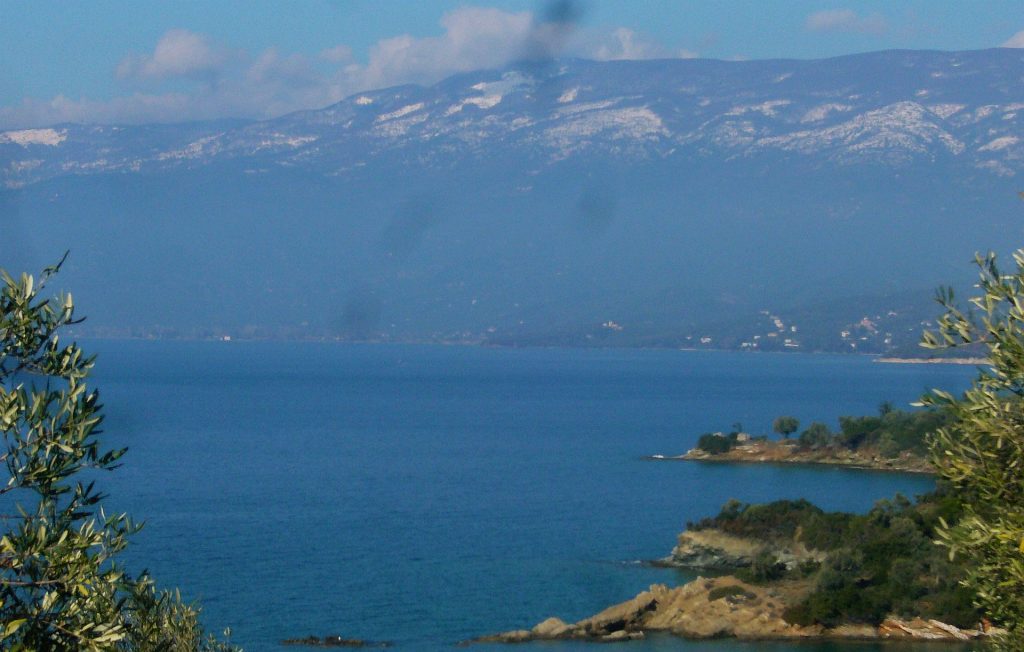
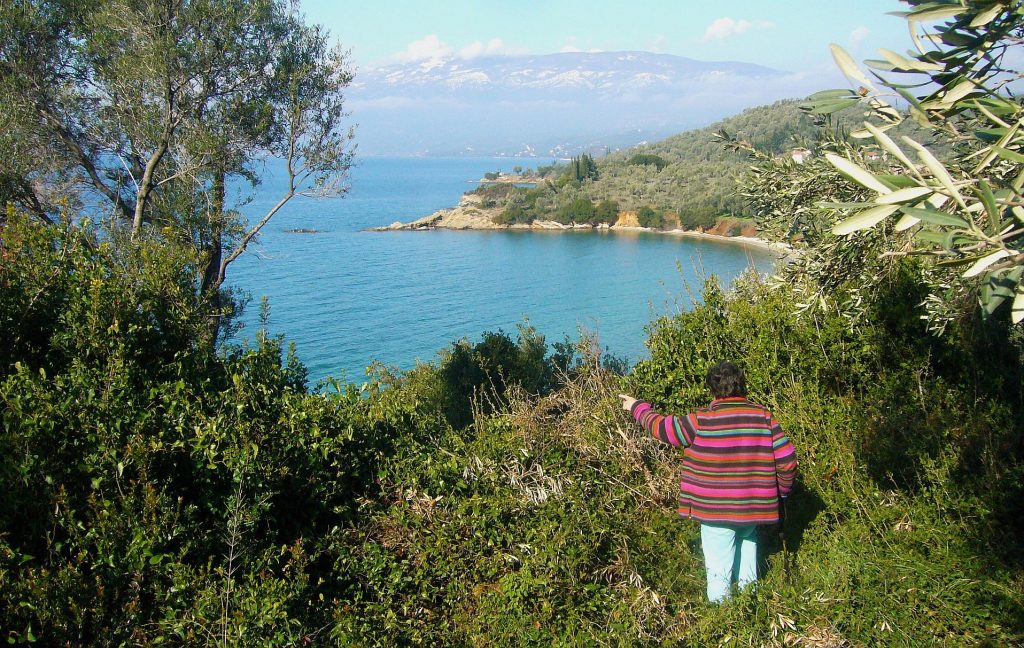
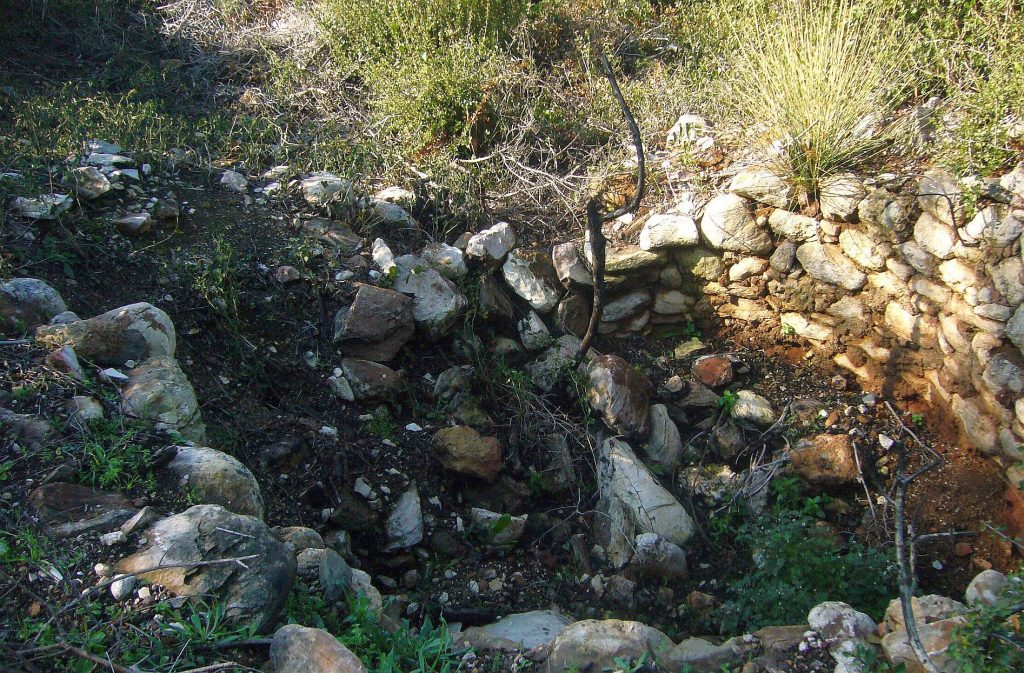
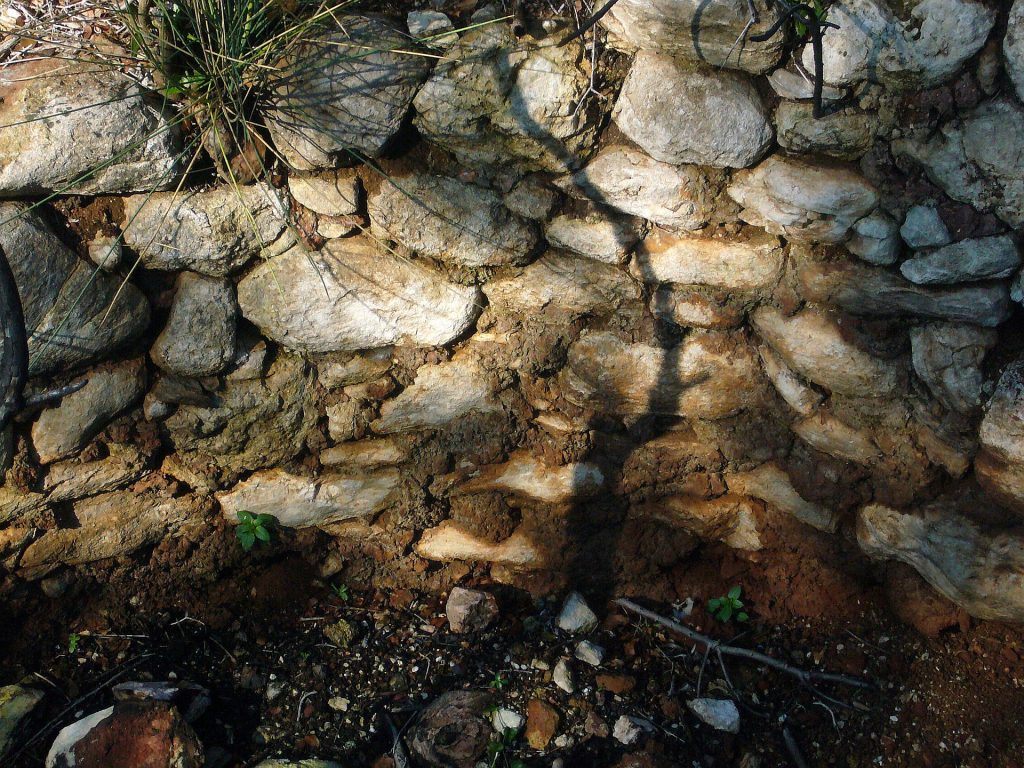
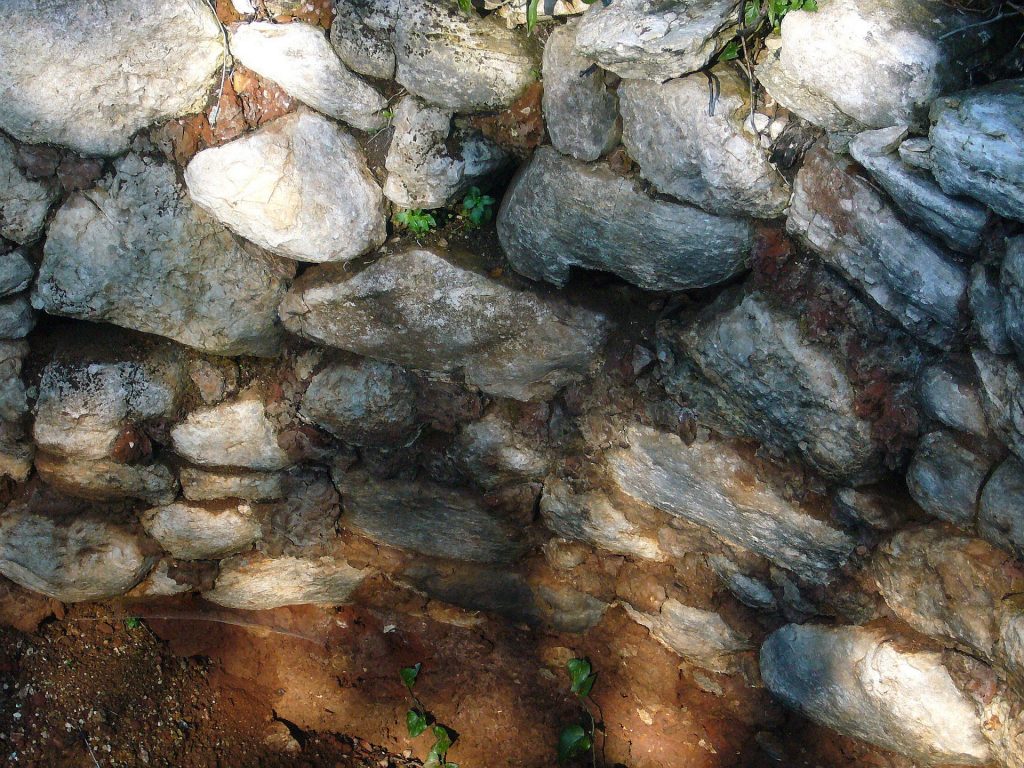
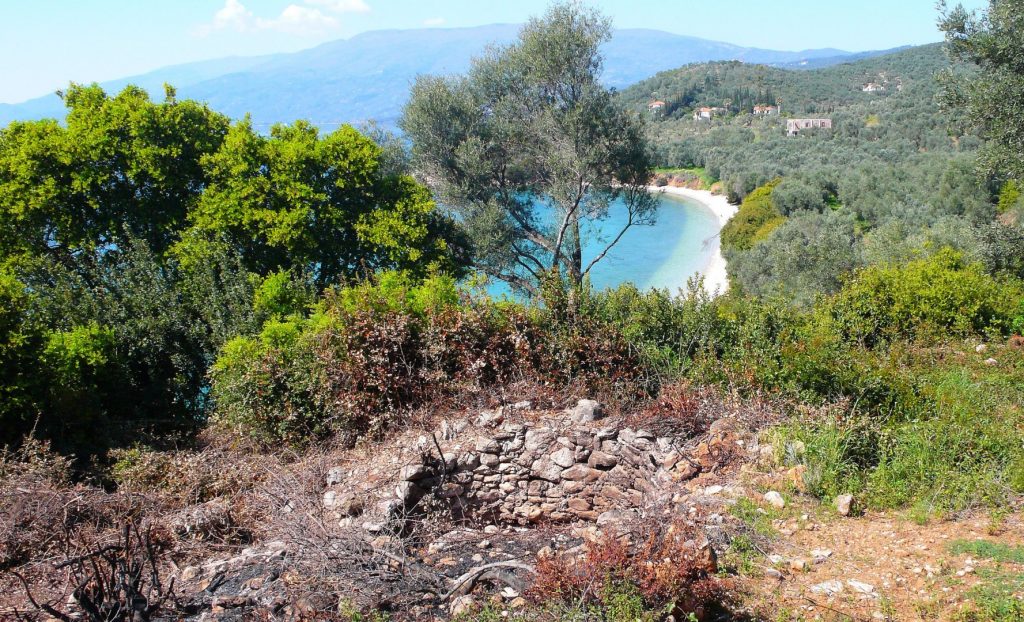
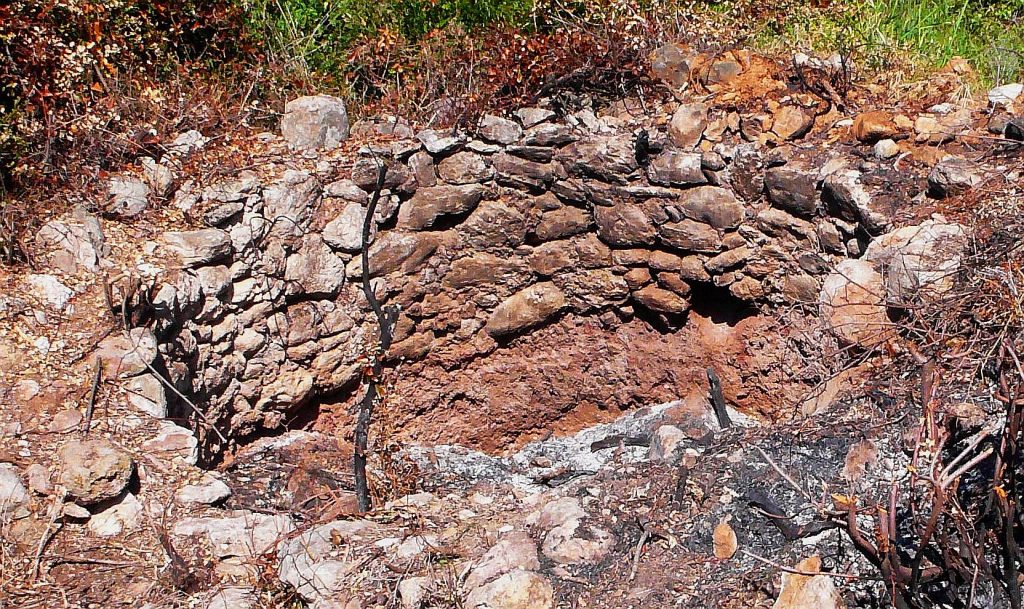
![IMGP0419 [HDTV (1080)] [1024x768]](http://chasingcentaurs.com/wp-content/uploads/2015/02/IMGP0419-HDTV-1080-1024x768.jpg)
![FeltedHat_1 [HDTV (1080)] [1024x768]](http://chasingcentaurs.com/wp-content/uploads/2015/02/FeltedHat_1-HDTV-1080-1024x768-1024x749.jpg)
![IMGP0425 [HDTV (1080)] [1024x768]](http://chasingcentaurs.com/wp-content/uploads/2015/02/IMGP0425-HDTV-1080-1024x768-1024x654.jpg)